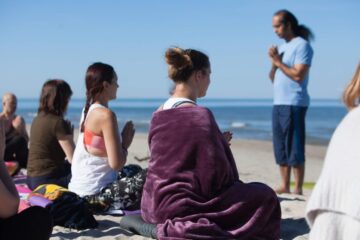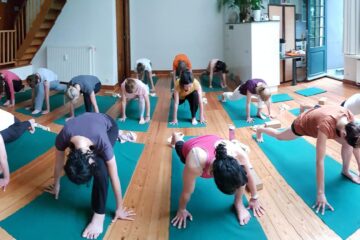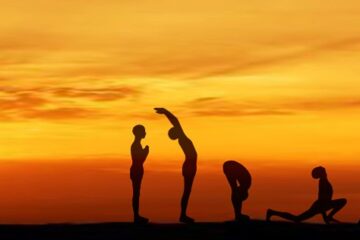The intent of this blog is not to undermine popular modalities but to give a broader view of diverse traditional Yogic practices that have existed for hundreds of years
In modern times, Yoga is so closely identified with āsana-prānayāma that it’s impossible to even imagine Yoga without them. The ‘āsanization’ of Yoga & physicalization of Yogic practices is a fairly recent turn in Yogic history
It might come as a surprise to many that even today most Indians practice Yoga (knowingly or unknowingly) without even doing āsana or pranāyāma
Traditionally, āsana-prānayama were modalities used primarily by renunciate monks to calm the mind & bring it to a state of samādhi. But, spiritual aspirants who were not monks & lived in a family unit as house-holders (grihastha) have used other modalities that served the same purpose
I have seen my mom do her sādhanā every single day without fail. Each day she would read her scripture (swādhyāya), chant her mantra (japa) & pray devotedly at a specific time. My dad, who was not so religious, would neither do scripture reading nor chanting, but I never saw him miss his japa-meditation, which he would dedicatedly do twice a day. I am sure those who come from Indian households too have witnessed such scenes at home, right?
If you go to smaller towns in India, you see people of all ages sit around a tree & do bhajan (devotional singing) or pāțha (group scripture reading) every evening. Every morning one can see devotees go to their respective temples with flowers, or to the river for a holy dip & do ‘Sun Salutation’ – mantra prayer to the Sun (not the physical exercise).
Most families (house-holders) will light a lamp at their home altar at sundown & do prayer (ārati) & charity (dāna) like feeding people or animals every day. Then, there are weekly/yearly pilgrimages (yātrā), & community talks (pravachan) etc. These practices work on the practitioners gradually over the years serving exactly the same purpose as āsana & prānāyāma does for monks
Why am I saying all this?
Because our definition of Yoga practice guides our growth in Yoga. If our definition of Yoga is narrow, our transformation through Yoga too will be partial. This is why we all need to look beyond our limited definitions of Yoga, definitions beyond the physical practice.



